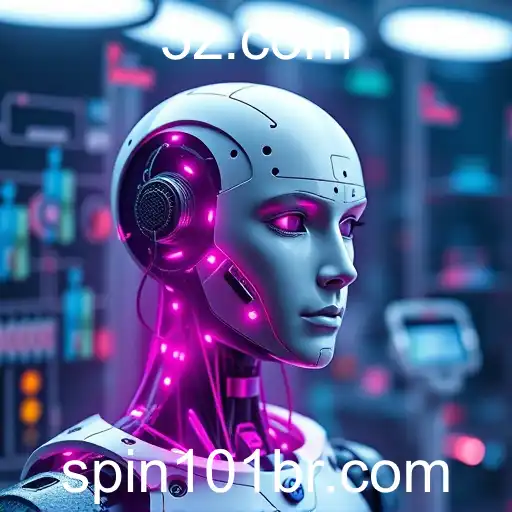
An in-depth look at how artificial intelligence is reshaping employment trends in 2025.
In recent years, artificial intelligence (AI) has increasingly become a pivotal force driving change across various sectors. As we navigate through 2025, the impact of AI on the job market is more pronounced than ever. Companies are integrating AI into their operations to enhance efficiency and cut costs, but this comes with both opportunities and challenges.
The advancements in AI technologies have led to the automation of many routine tasks, significantly altering employment landscapes. While this has resulted in the displacement of certain job roles, it has also created new opportunities in the tech sector, requiring workforce upskilling and adaptability. Employees are urged to acquire new skills that complement AI technologies, positioning themselves as valuable assets in the modern job market.
Technology experts and economists are closely monitoring these trends. Reports indicate that although certain jobs are disappearing due to automation, new roles are emerging, especially in AI development, data analysis, and AI maintenance sectors. This shift calls for a dynamic approach in education systems worldwide, which now focus more on STEM subjects to prepare young professionals for future demands.
Critics of AI implementation raise concerns over job security and socio-economic disparities. There is a growing call for policies that support workers as they transition into new roles. Governments worldwide are under pressure to devise strategies that ensure equitable economic growth and prevent widening inequality gaps.
On the commercial front, businesses that leverage AI successfully are seeing enhanced productivity and increased competitive advantage. However, companies must balance economic benefits with ethical considerations, ensuring transparent AI systems that respect privacy and promote fairness.
In conclusion, AI is undeniably reshaping the job market landscape in 2025, presenting both challenges and opportunities. Stakeholders, including governments, educational institutions, businesses, and workers, must collaborate to harness AI’s potential sustainably while safeguarding the workforce’s future.




